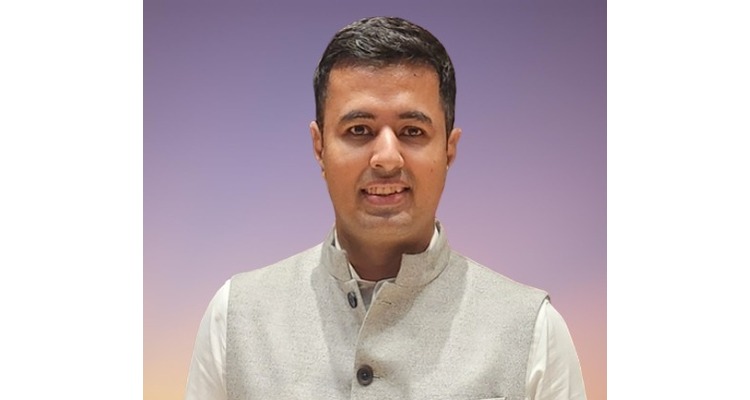Rural India continues to lean heavily on cash for daily transactions, even as digital finance steadily gains momentum.
According to the latest FindiBANKIT Rural Digitization Survey 2024–25, 50 per cent of respondents reported relying on cash for purchasing groceries and other everyday needs.
The survey found that 50 per cent of respondents still rely on cash for groceries and daily needs, while UPI platforms such as PhonePe, Google Pay, and BHIM account for 20 per cent. Mobile wallets are used by 15 per cent, debit and credit cards by 10 per cent, and the remaining 5 per cent continue to depend on barter, cheques, or other options.
The study reflects that digital payments are becoming a part of everyday life. 40 per cent of respondents said they use UPI or mobile wallets daily, while 25 per cent use them a few times a week.
Only 10 per cent of participants reported never having used any form of digital payment. Levels of trust in digital finance are also improving. 45 per cent of people surveyed said they “somewhat” trust digital platforms, while 25 per cent reported complete trust.
By comparison, 30 per cent still expressed little or no trust. Encouragingly, 45 per cent of respondents felt their confidence in digital finance had grown compared with two years ago.
Barriers to wider adoption remain, with 35 per cent citing fear of scams and fraud, 30 per cent pointing to lack of internet or data access, and 25 per cent referring to low digital literacy.
When it comes to problem resolution, only 15 per cent of participants felt very confident about approaching customer support, though half of them said they were somewhat confident.
The survey further showed that awareness of digital finance in rural areas spreads largely through WhatsApp and Telegram forwards at 40 per cent, followed by family and friends at 35 per cent. Social media advertising plays only a limited role, accounting for 5 per cent.
Rural users are increasingly turning to digital tools for convenience beyond payments. 70 per cent check their bank balances digitally, 55 per cent pay bills, 15 per cent engage in savings or investing, and 5 per cent use digital platforms to apply for loans.
In addition, 70 per cent of respondents expressed a preference for financial advice in their regional language, emphasising the importance of localised and inclusive financial services.
Commenting on the findings, Amit Nigam, Executive Director and Chief Executive of FindiBANKIT, said: “At FindiBANKIT, our aim is to empower every Indian, irrespective of geography, with accessible, affordable banking through our innovative phygital model, which blends digital infrastructure with physical outreach. The survey underscores that while UPI has made inroads in rural India, the enduring reliance on cash, concerns about fraud, and digital literacy gaps must be addressed. Our growing network of 2.5 lakh+ agents and vernacular outreach are vital to enabling true financial inclusion and trust in digital finance. Our growing network of 2.5 lakh+ agents and vernacular outreach are vital to enabling true financial inclusion and trust in digital finance.”
The FindiBANKIT Rural Digitisation Survey 2024–25 was conducted across multiple states with the participation of 20,000 rural respondents. It offers insights into digital payment preferences, adoption barriers, trust, and the opportunities that lie ahead for financial inclusion in rural India.
Send news announcements/press releases to:
info@b2bmarketmedia.com





